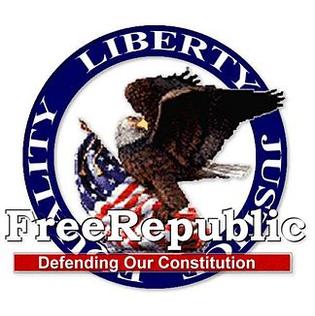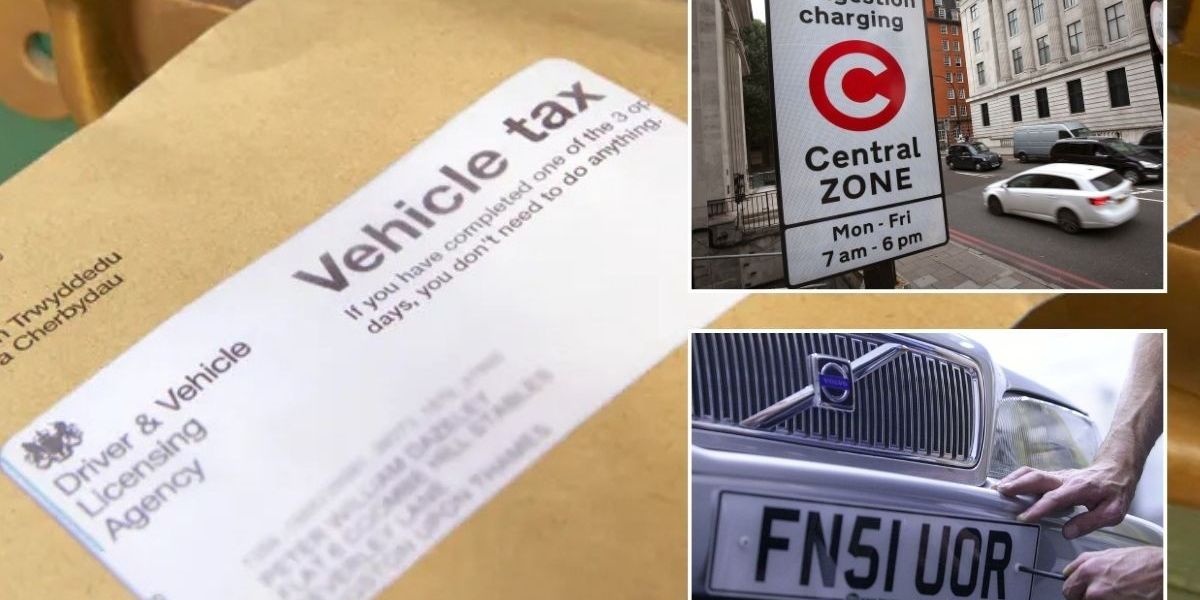What Was the War of 1812? The War That Gave Us "The Star-Spangled Banner"
History Facts ^ | 01/04/2025
Posted on 01/04/2025 6:13:25 PM PST by SeekAndFind
The Korean War is nicknamed “the Forgotten War,” but the War of 1812 — fought between the United States and Great Britain just a few decades after America won its independence — certainly rivals it in terms of its lack of place in the collective national memory. Maybe it’s because the war took place two centuries ago; maybe it’s the placement between two major American wars that largely overshadow it (the Revolutionary War and Civil War). Maybe it’s the relatively nondescript name. Whatever the reason, asking the average American for details about the War of 1812 is likely to be met with a shrug. Let’s make some sense of this obscure yet formative conflict.
What Caused the War?
The roots of the War of 1812 were in the Napoleonic Wars between Great Britain and France. The neutral U.S. ended up as a shipping supplier to both warring nations, an economically advantageous position that saw the total U.S. exports increase from $66.5 million in 1803 to $102.2 million by 1807. But later that year, both France and Great Britain enacted trade embargoes in an effort to strain each other’s economies. Since the U.S. was such a shipping hub for both nations, it was included in these embargoes, despite being neutral in the Napoleonic Wars.
The United States responded by placing its own embargo on foreign trade, in an attempt to apply pressure on France and Great Britain to honor its neutrality. The embargo was ineffective, as it weakened the American economy much more than it impacted the European countries. In just one year, U.S. exports fell to $22 million. Attempting to stem the tide in the final months of his presidency, Thomas Jefferson repealed the embargo and replaced it with the Non-Intercourse Act, which allowed trade with all foreign nations except France and Great Britain. The United States was essentially in a trade war.
Meanwhile, Great Britain was suffering from numbers shortages in its navy, and took to stopping American merchant ships in order to check for deserters. Britain also engaged in a practice known as impressment, a bizarre combination of military draft and kidnapping. Impressment was particularly infuriating to the United States, as British ships would capture American merchant ships and force its sailors to join the Royal Navy. U.S. President James Madison made it a core issue stateside and pushed for war, regardless of the fact that by this point in time, the British had already agreed to end the practice.
There was yet another factor in the start of the war, one that largely defined the 19th century for the United States: expansion. Despite its relative manpower shortages, Great Britain’s military strength was largely at sea, so the logical strategy to expand the United States was to invade British-occupied land to the northeast and southeast of the U.S. border at the time. To add further motivation, President Madison accused the British of promoting hostility toward the United States from Indigenous peoples in those territories. With all of these factors converging, Congress declared war against Great Britain on June 17, 1812.
The War of 1812 Lasted More Than One Year
Battles comprising the War of 1812 stretched into 1815, so if the war had a more literal moniker, it would be the War of 1812-15. Though the conflict is not as famous as other American wars, many battles from the war became U.S. military lore. The sight of cannonballs fired at the USS Constitution ricocheting off the ship’s hull during its battle with the HMS Guerriereon August 19, 1812, earned the ship its famous nickname “Old Ironsides.” The June 1, 1813, loss of the USS Chesapeake to the HMS Shannonincluded Captain James Lawrence’s memorable battle cry, “Don’t give up the ship!” And Naval Commander Oliver Hazard Perry’s report of the September 10, 1813, victory at the Battle of Lake Erie contained the classic line, “We have met the enemy, and they are ours.”
The United States Tried to Invade Canada
In 1812, the United States Navy had only 16 ships, while the Royal Navy had somewhere around 500, an insurmountable advantage. To remedy this, the U.S. moved forward with its strategy to capture British land in Canada, and use that land to negotiate maritime conflicts. Thomas Jefferson called a successful invasion of Canada “a mere matter of marching” in an August 1812 letter. That confidence was misplaced, as a three-pronged invasion in 1812 failed at all three points, ending in surrender at Detroit and Queenston Heights, and retreat from the Canadian border with New York. Another attempt on Lake Erie the next year was more successful (the battle with Oliver Hazard Perry’s famous quote) and led to victory in Upper Canada. But the following year, Great Britain’s victory over France enabled it to shift military resources to North America. Canada was not taken.
The British Burned Down the White House and Capitol Building
On August 20, 1814, the British sent a convoy of soldiers to the town of Benedict, Maryland, 50 miles outside Washington, D.C. Out on reconnaissance, Secretary of State James Monroe observed the troops' advancement northward and concluded that they were intending to invade the nation’s capital. Monroe sent a message to President Madison, warning, “The enemy are in full march for Washington. Have the materials prepared to destroy the bridges. You had better remove the records.”
Two bridges across the Anacostia River were destroyed in order to force a single rallying point at Bladensburg, 5 miles from Washington, but the British had already advanced too quickly. Though there was strength in numbers to defend the capital, the American troops were poorly organized, deployed too late, or in improper positions. The Battle of Bladensburg ended up a rout, and the British advanced on Washington. Once there, British Major-General Robert Ross ordered his troops to “complete the destruction of the public buildings.” That destruction included “the capitol, including the Senate-house and House of Representation, the Arsenal, the Dock-yard, Treasury, War-office, President's Palace, Ropewalk, and the great bridge across the Potomac.” The estimated damage totaled around $1 million, and it took nearly four years to rebuild the city. In one of the few points of common knowledge about the War of 1812, it was the only time the United States capital was ever captured.
After the British left Washington, they boarded their ships and sailed up Chesapeake Bay in an advance to Baltimore. They expected a similarly quick battle as at Bladensburg, but Baltimore had been fortifying its coast for more than a year, with Fort McHenry guarding the city at the south of the harbor entrance. On September 13, 1814, 16 Royal Navy ships approached the fort and began a bombardment that lasted 25 hours. Watching in detainment on a British ship during the attack was Francis Scott Key, an American attorney. On the morning of September 14, 1814, he saw that the American flag remained flying at Fort McHenry, indicating that the fort stood, and he was inspired to write the poem “Defence of Fort M’Henry.”The poem was later set to music as “The Star-Spangled Banner,” the national anthem of the United States.
The End of the War of 1812
After three years of back-and-forth battles and overall inconclusive results that threatened to render the conflict a war of attrition, the U.S. and Great Britain looked for peace. The two countries signed the Treaty of Ghent on December 24, 1814, marking the end of the war. The terms of the treaty were status quo ante bellum, literally “the state before war.” Any conquered territory was to be returned, and prewar borders restored. In a strange quirk that could only happen in an era of slower communication, one more major battle was fought two weeks after the signing of the treaty: the Battle of New Orleans. Though it was considered a rousing victory for the United States, it didn’t matter due to the treaty and its terms. The War of 1812 was essentially a tie.
TOPICS: History; Military/Veterans
KEYWORDS: 1812; britain; war

Click here: to donate by Credit Card
Or here: to donate by PayPal
Or by mail to: Free Republic, LLC - PO Box 9771 - Fresno, CA 93794
Thank you very much and God bless you.
1 posted on 01/04/2025 6:13:25 PM PST by SeekAndFind
Disclaimer: Opinions posted on Free Republic are those of the individual posters and do not necessarily represent the opinion of Free Republic or its management. All materials posted herein are protected by copyright law and the exemption for fair use of copyrighted works.
FreeRepublic.com is powered by software copyright 2000-2008 John Robinson

 By Free Republic | Created at 2025-01-05 02:18:43 | Updated at 2025-01-06 23:12:48
1 day ago
By Free Republic | Created at 2025-01-05 02:18:43 | Updated at 2025-01-06 23:12:48
1 day ago







